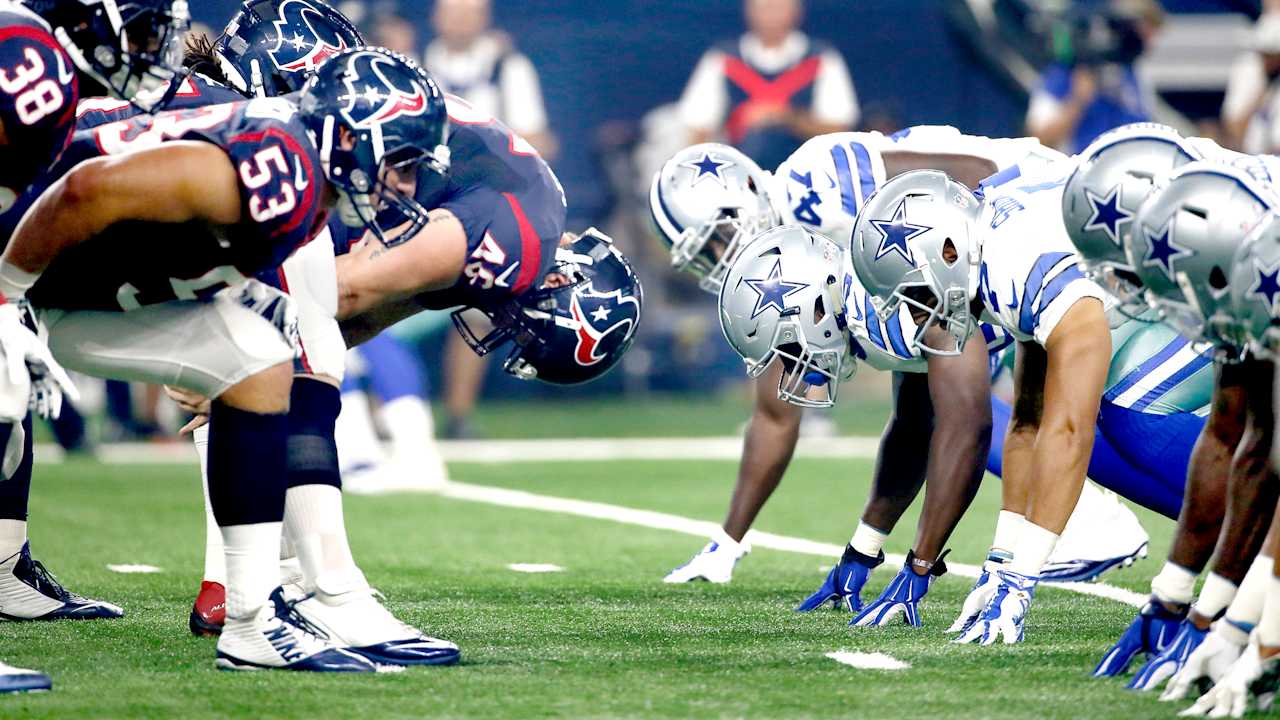With Stefan Bachmann as the new artistic director and “Hamlet” at the start of the season, the Burgtheater Vienna has started the 2024/25 season. The visual appearance with which the “castle” presents itself from now on is also celebrating its premiere and clearly sets itself apart from the previous external image.
On the appearance introduced at the beginning of 2019 under the direction of Martin Kušej (dt reported), in which texts, headings and the logo itself constantly change dynamically on the basis of a generative design, in this way making the theater “a space for the living artistic The idea is to explain “exchange”, and a new design approach will follow after five years. An identity and language that contrasts with previous external representation, both visually and textually.
For Bachmann’s predecessor, Martin Kušej, the shortened name “castle” was more of a battle name. Anyone who said “castle” in his presence had to pay ten euros, as he told “Profileexplained. He didn’t like the defensive aspect of it; it sounded too much like a fortress and bulwark to him.
Burgtheater Vienna – corporate design, season booklet, source: Herburg Weiland
“Aware of the past, we open up new perspectives on the present and future – in the Burgtheater, in the Akademietheater, in the casino and in the vestibule. Or in short: at the BURG”.
In Bachmann’s imagination, “BURG” means, as he himself says, “something free, open, permeable, accessible – full of play, art and language”. The new artistic director of the Burgtheater likes “the diversity, the old and the new, the colorful, the argument, the discussion, the contradictory”.
Burgtheater Vienna logo – before and after, image source: Burgtheater Vienna, image montage: German
From now on, a word mark in capital letters is used as the logo sender and is set in the font Avant (Display Type Foundry). As in the years before 2019, under the direction of Karin Bergmann, “BURG” is again the name used in the logo – but now in capital letters and isolated, without a surrounding rectangle.
The central, recurring graphic element is a three-dimensional body with which words are enclosed/framed, called a “stage”. “The stages are information carriers or calls to action, invitations and experimental spaces and they give the castle in real space as a three-dimensional object the opportunity to carry its offerings into the urban space in the future,” as the Herburg Weiland agency (Munich) says. who is responsible for the creation.
The new corporate design should express the idea that the “castle” is not a place with impenetrable walls, “but something open, permeable, which consists of different locations and from different building blocks – the five venues, ensemble, communities and the audience.” .
Burgtheater Vienna corporate design, “Stage” element “FREI”, source: Burgtheater Vienna
Comment
The new corporate design is certainly not free from contradictions. Because the “Stage” symbolism (picture above) communicates exactly this through its closed, static, rectangular shape with thick, space-taking bars: they convey impenetrability, aloofness, inaccessibility, isolation, lack of freedom. Truly a bulwark.
These graphic elements convey openness and permeability, at least when viewed individually, in a way that a wall as a symbolic image describes openness and permeability: namely, not at all. A concept that attempts to reverse Sign (semiotics) and symbolism is undertaken. In a world in which the closed means openness, the dark means brightness and the unfree means freedom, such an isolated “stage” graphic can also convey openness. ONLY in this world.
A game of expressions and a paradox. A design that does not correspond to common opinion, expectation and learned language. In the context of signage, the design in public spaces, an arrow symbol that points downwards but has the opposite meaning “upwards” would be completely unsuitable because it contradicts the language we have learned. Art, on the other hand, can be expected to sometimes break through traditional patterns of perception; and does not/does not always adhere to conventions or cares about norms or questions them.
In interaction with other “stage” elements – example cover of the season magazine – the expression and character of the imagery change. The “stage” elements, which look like loose, colorful building blocks lying around, convey something rhythmic, dynamic and playful. Something permeable in terms of the spaces in between.
What remains is the question of whether such a corporate design, which (partially) turns fundamental aspects of visual perception on their head, is useful – in the sense of design, not in the sense of art. #Discussion
Media Gallery
Burgtheater Vienna – Corporate Design, season booklet, Source: Herburg Weiland Burgtheater Vienna – Corporate Design, mobile, Source: Herburg Weiland Burgtheater Vienna – Corporate Design, Leporello, Source: Herburg Weiland Burgtheater Vienna – Corporate Design Billboard, Source: Herburg Weiland Burgtheater Vienna – Cover season magazine 2024/2025, source: Burgtheater Vienna Burgtheater Vienna logo – before and after, image source: Burgtheater Vienna, image montage: dt Burgtheater Vienna logo, source: Burgtheater Vienna Burgtheater Vienna – corporate design – “Stage” design element, source: Burgtheater Vienna Burgtheater Vienna corporate design, “Stage” element “FREI”, source: Burgtheater Vienna


